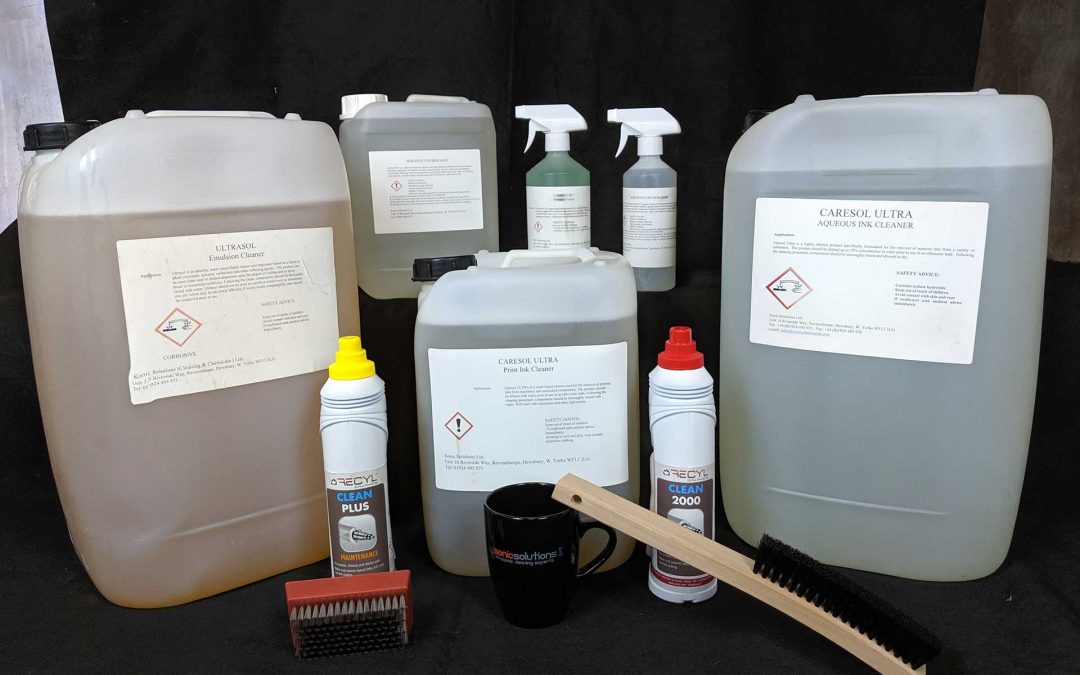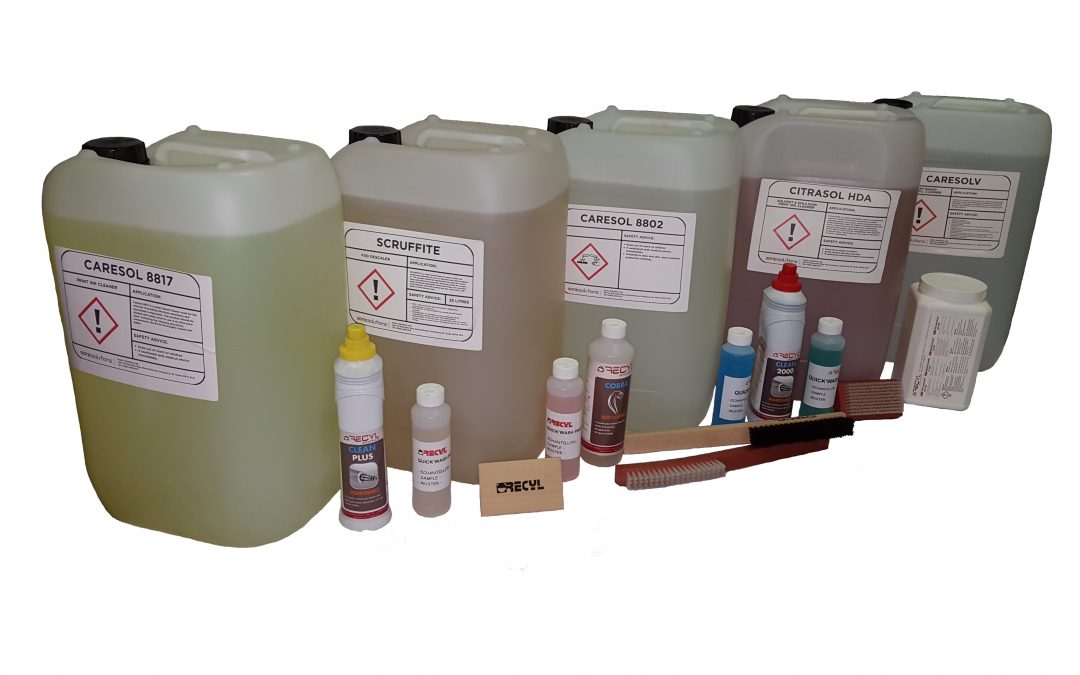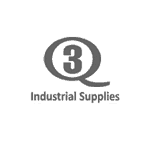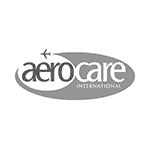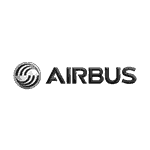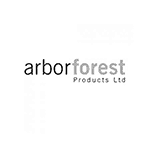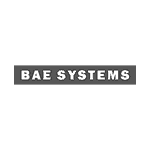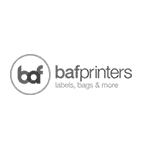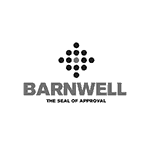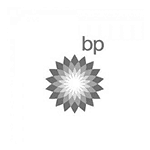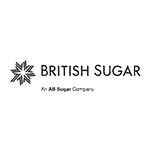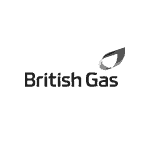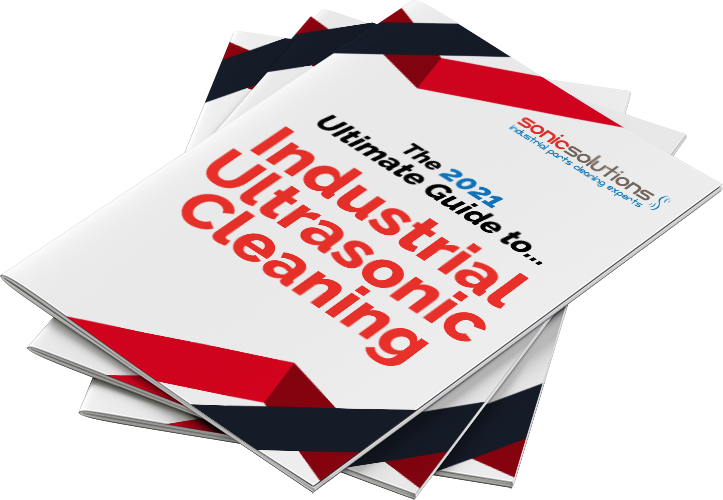
How to Dispose of Ultrasonic Cleaning Waste
When a business decides to take their ultrasonic cleaning in house, as well as knowing how to operate the machine, another thing they must consider is how they are going to dispose of their waste solution.
How you dispose of your solution will be dictated by whatever cleaning chemical you are using. It is always advised that you check with the chemical supplier on what the correct disposal method is for the specific product as there are many different types.
For example, the majority of chemicals we supply here at Sonic Solutions are biodegradable and not necessarily hazardous. As long as they are neutralised so the PH isn’t too high to either end they should be safe to put down a foul water drain.
HOWEVER…
Just because the cleaning chemical is not hazardous, it doesn’t mean your waste solution won’t be. A lot of times, the contaminants you are removing from your items can be classed as hazardous, and therefore should be disposed of by a licenced waste disposal company.
If you are having it disposed of by a waste collection company, you must make sure they are a licensed waste carrier and have the correct environmental permits.
Your company is still responsible for your waste even after it has left your site.
Just like with house clearances, there may be companies that offer a cheap waste collection service which may sound appealing, but if they then do not dispose of it correctly or even fly tip it, it is YOU that can be stuck with a hefty fine.
You must also consider how your waste is going to be stored on your site before it is disposed of. It should be stored in a secure location in a suitable container so there is no risk of it leaking/spilling. It should also be labeled clearly with what it is.
You should also keep a record of all the hazardous waste produced by your site which should be kept for 3 years.
At Sonic Solutions, we are experts in industrial parts cleaning and we are here to help! We are more than happy to explore, advise and assist with whichever option works best for you and can offer hire or finance options. Contact our expert team today to discuss your requirements in more detail.

